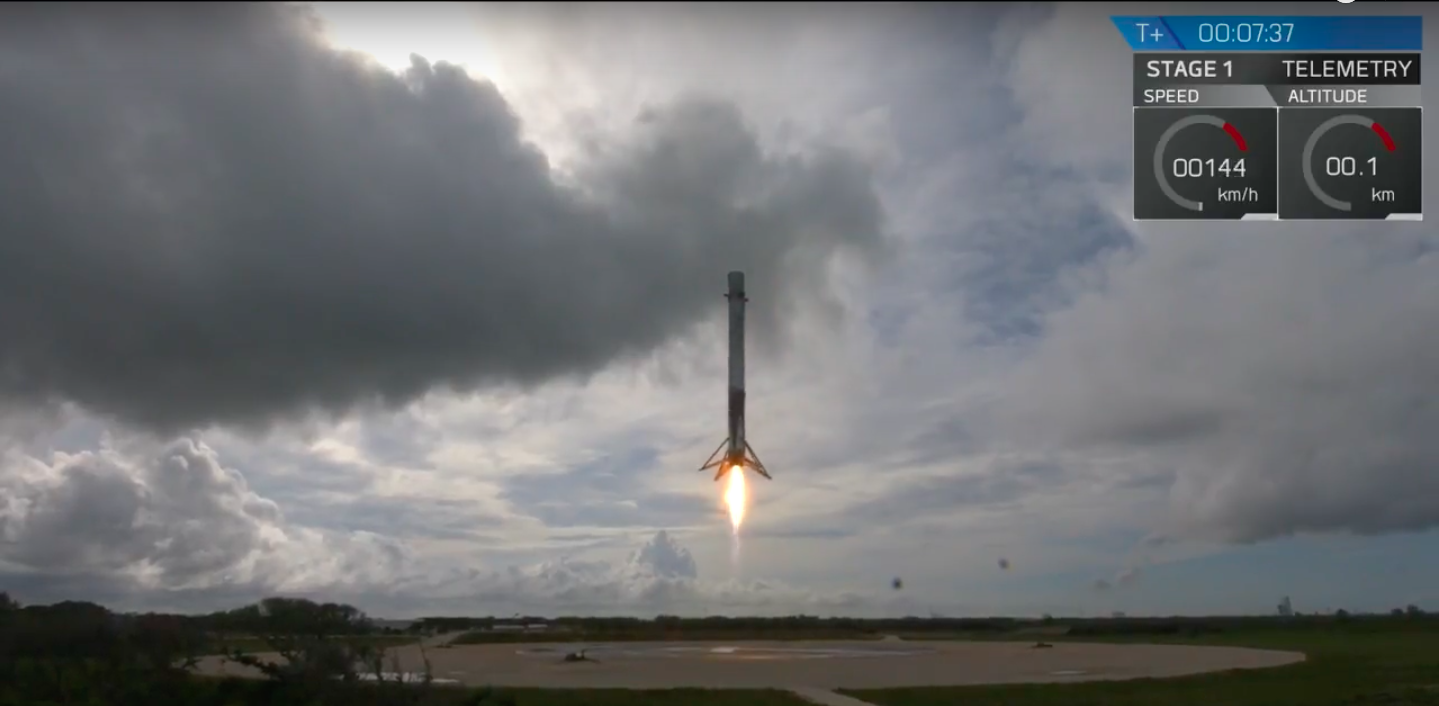

News
SpaceX lands Falcon 9 (again) after launching first used Dragon capsule
SpaceX has successfully completed the first re-flight of a Dragon capsule as part of the CRS-11 International Space Station (ISS) resupply mission.
Saturday’s flight which marks the 100th launch from Kennedy Space Center’s historic LC-39A launch pad was originally scheduled for June 1, but was delayed due to lightning in the area and rescheduled for Saturday, June 3 at 5:07 p.m. EDT.
CRS-11 is the thirteenth flight of SpaceX’s Dragon spacecraft and the eleventh in support of NASA’s Commercial Resupply Services (CRS) program, which sees Dragon transport cargo to and from the ISS. CRS-11 will carry over 40 science experiments up to the ISS including a experiment called ROSA that will put a new type of solar panel technology to the test. ROSA stands for Roll Out Solar Array. Traditional satellites are equipped with approximately 150 feet of solar panels that need to fold up into very tight packages in order to fit into the launch vehicle. ROSA panels roll up like a mat for transport and then unroll when it’s time to deploy.
After the successful liftoff of the rocket at 5:07 pm Eastern Time, Falcon 9 transported its payload up to 65 kilometers above the earth, before separating from the second stage rocket and began its journey back to earth.
Dragon is on its way to the International Space Station. Capture by @Space_Station crew set for Monday.
— SpaceX (@SpaceX) June 3, 2017
As the first stage Falcon 9 booster headed back to earth, the second stage rocket with SpaceX’s “used” Dragon Capsule continued towards the International Space Station, where it’s expected to dock on Monday.
7 minutes and 40 seconds after launch, Falcon 9 landed back at LZ-1, passing what looked like a bird along the way back to a precise landing. Chief Elon Musk took to twitter saying, “It’s starting to feel kinda normal to reuse rockets. Good. That’s how it is for cars & airplanes and how it should be for rockets.”
Indeed, Elon. Indeed.

Lifestyle
Elon Musk seemingly confirms Cybertruck gift to 13-year-old cancer fighter
Diagnosed in 2018 with a rare form of brain and spine cancer with no cure, the teen has undergone 13 surgeries by the time he was 12.
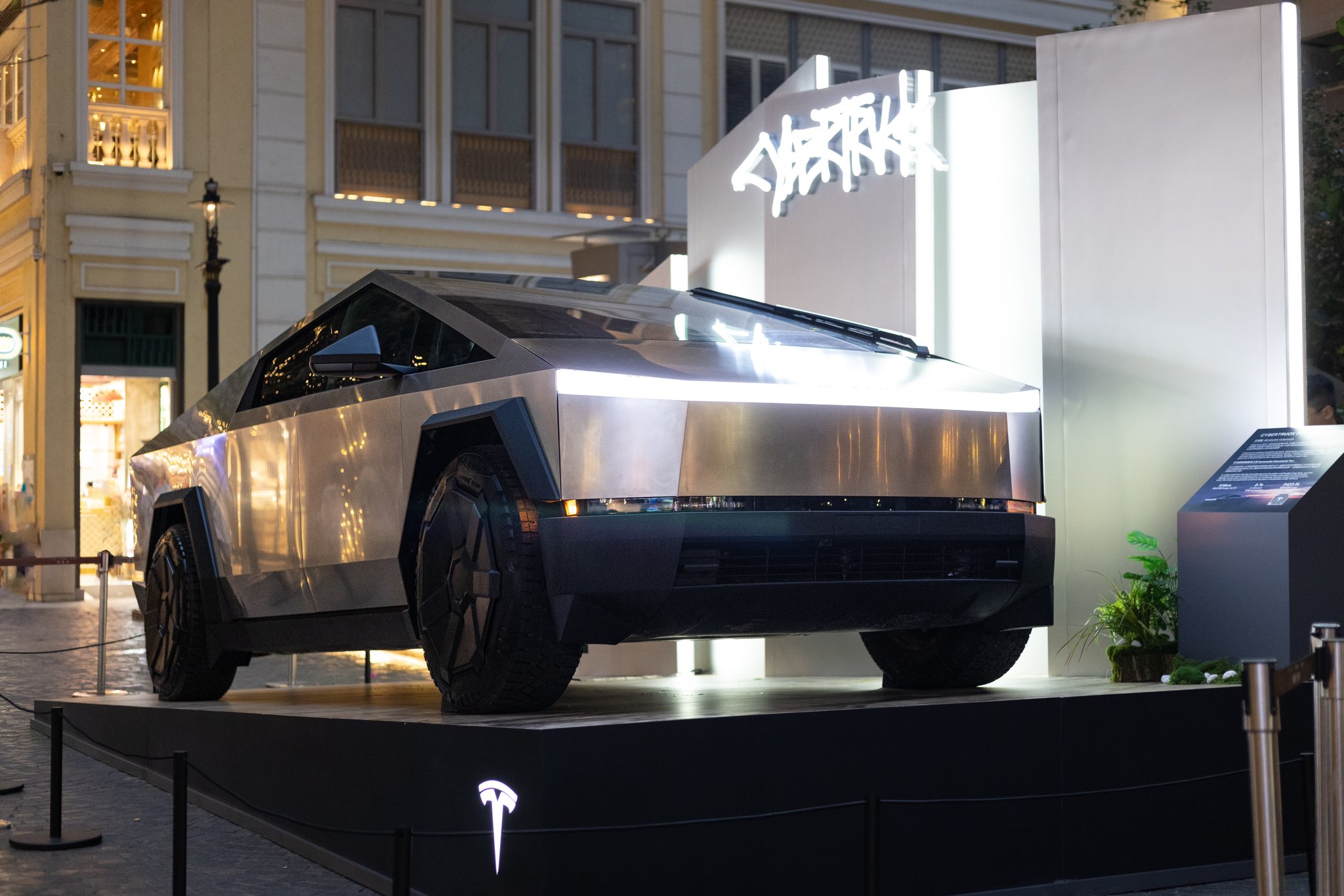
Elon Musk has seemingly confirmed that he will be sending a Tesla Cybertruck to 13-year-old Devarjaye “DJ” Daniel, a 13-year-old Houston boy fighting brain cancer. The teen was recognized as an honorary Secret Service member by U.S. President Donald Trump during his address to Congress on Tuesday.
A Chance Meeting
The Tesla CEO’s Cybertruck pledge was mentioned during DJ’s short interview with CNN’s Kaitlan Collins. When Collins asked the 13-year-old what he told the Tesla CEO, DJ answered that he asked for a Cybertruck.
“I said, ‘can you do me a big favor, when you get back to Houston can you send us a Cybertruck down there?’” the cancer fighter stated.
Daniel noted that Musk responded positively to his request, which was highlighted by Collins in a post on X. Musk responded to the post with a heart emoji, suggesting that he really will be sending a Cybertruck to the 13-year-old cancer fighter.
Teen’s Cancer Battle Inspires
Diagnosed in 2018 with a rare form of brain and spine cancer with no cure, Daniel has undergone 13 surgeries by the time he was 12. During his speech, Trump highlighted the 13-year-old’s long battle with his disease.
“Joining us in the gallery tonight is a young man who truly loves our police. The doctors gave him five months at most to live. That was more than six years ago. Since that time, DJ and his dad have been on a quest to make his dream come true,” Trump stated.
Daniels officially received an honorary badge from U.S. Secret Service Director Sean Curran, to much applause during the event.
Surprisingly Partisan
While Daniels’ story has been inspiring, Trump’s focus on the 13-year-old cancer fighter has received its own fair share of criticism. MSNBC host Nicolle Wallace, while referencing Daniels’ love for law enforcement, noted that she is hoping the 13-year-old never has to defend the U.S. capitol against Trump supporters. “If he does, I hope he isn’t one of the six who loses his life to suicide,” Wallace stated.
Anti-Musk and Trump accounts on X have also thrown jokes at the cancer fighter’s honorary badge, with some dubbing the 13-year-old as a “DEI hire” that should be looked into by DOGE.
News
Arrest made after Tesla Salem site attacked with Molotov cocktails
The suspect faces a federal charge of illegally possessing an unregistered destructive device.
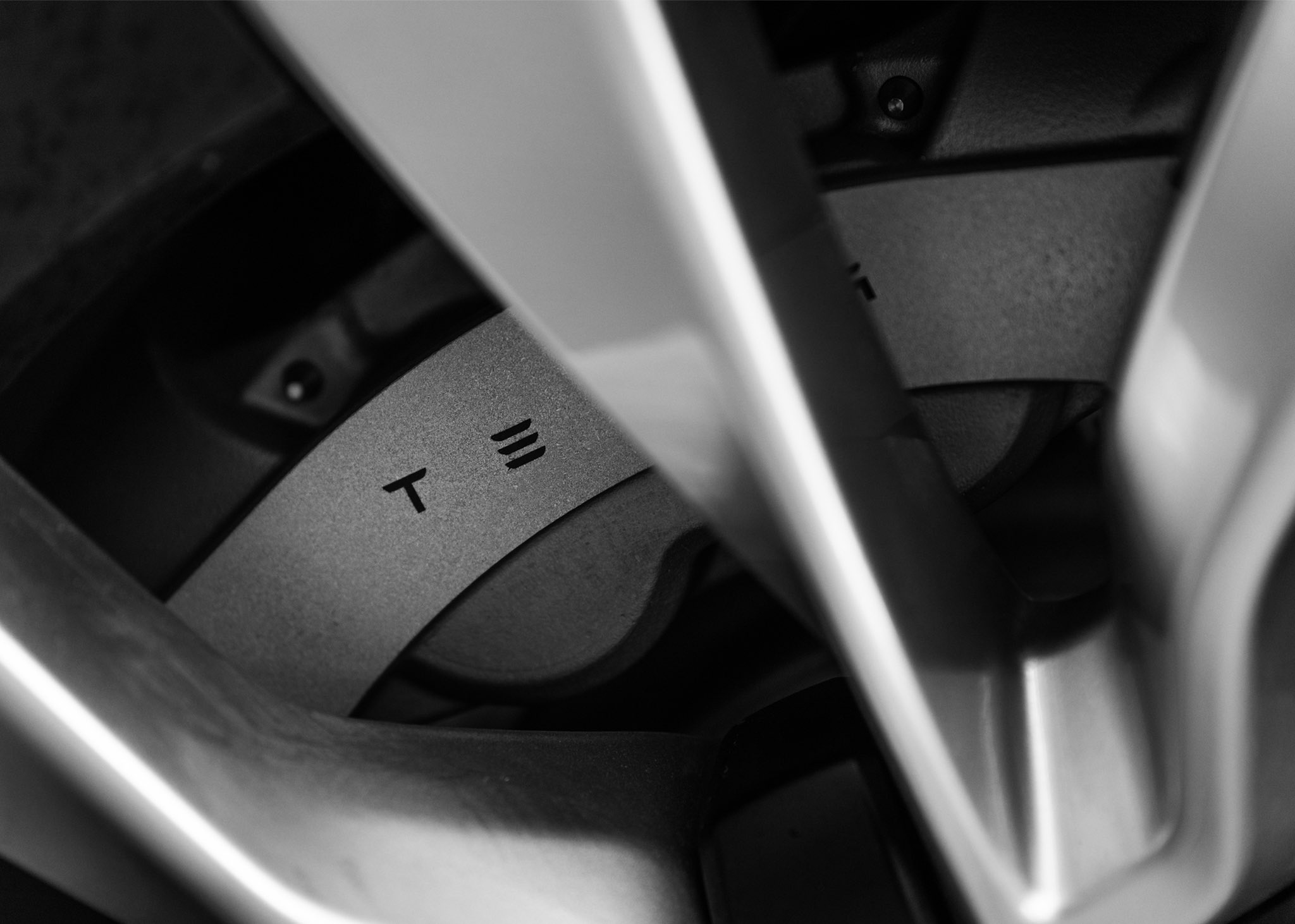
A 41-year-old Salem man was arrested Tuesday for allegedly throwing Molotov cocktails at a Tesla store on January 20. Court documents indicated that the man’s attack caused around $500,000 in damages.
The suspect faces a federal charge of illegally possessing an unregistered destructive device, which were described as Molotov cocktails. Seven vehicles were damaged and one was destroyed in the attack on the Tesla location.
Fires Erupt at Tesla Store
At 3:45 a.m. on January 20, Salem Police responded to reports of Molotov cocktails being thrown at the Tesla store. Officers found a fire on the sidewalk and another in a parked vehicle’s rear. An eyewitness noted that someone thew five or six objects during the incident, as noted in a report from the Statesman Journal.
Suspect Caught on Camera
Surveillance footage showed the man throwing a “Molotov Cocktail-style device” at a truck, which bounced off without igniting. He also aimed an AR-15-style rifle at a witness who was driving away. The suspect hurled a rock through the Salem Tesla store’s window as well.
A patrol car’s camera captured the suspect’s vehicle nearby, tying him to the scene. Surveillance video, fingerprints on glass bottles recovered at the scene, and a vehicle registered to the man led ultimately to his arrest.
Tesla Vandalism Trend
Tesla stores across the United States and abroad have been the target of vandalism incidents as of late, thanks in part to CEO Elon Musk’s increasing involvement in politics and his close work with U.S. President Donald Trump. Interestingly enough, previous reports have indicated that the Salem Tesla store was also the victim of an attack last month, when gunfire shattered widows at the location.
News
Tesla Model Y tops South Korea import sales in February 2025
The Tesla Model Y that performed well in South Korea last month was the Model Y classic, which is already being phased out.
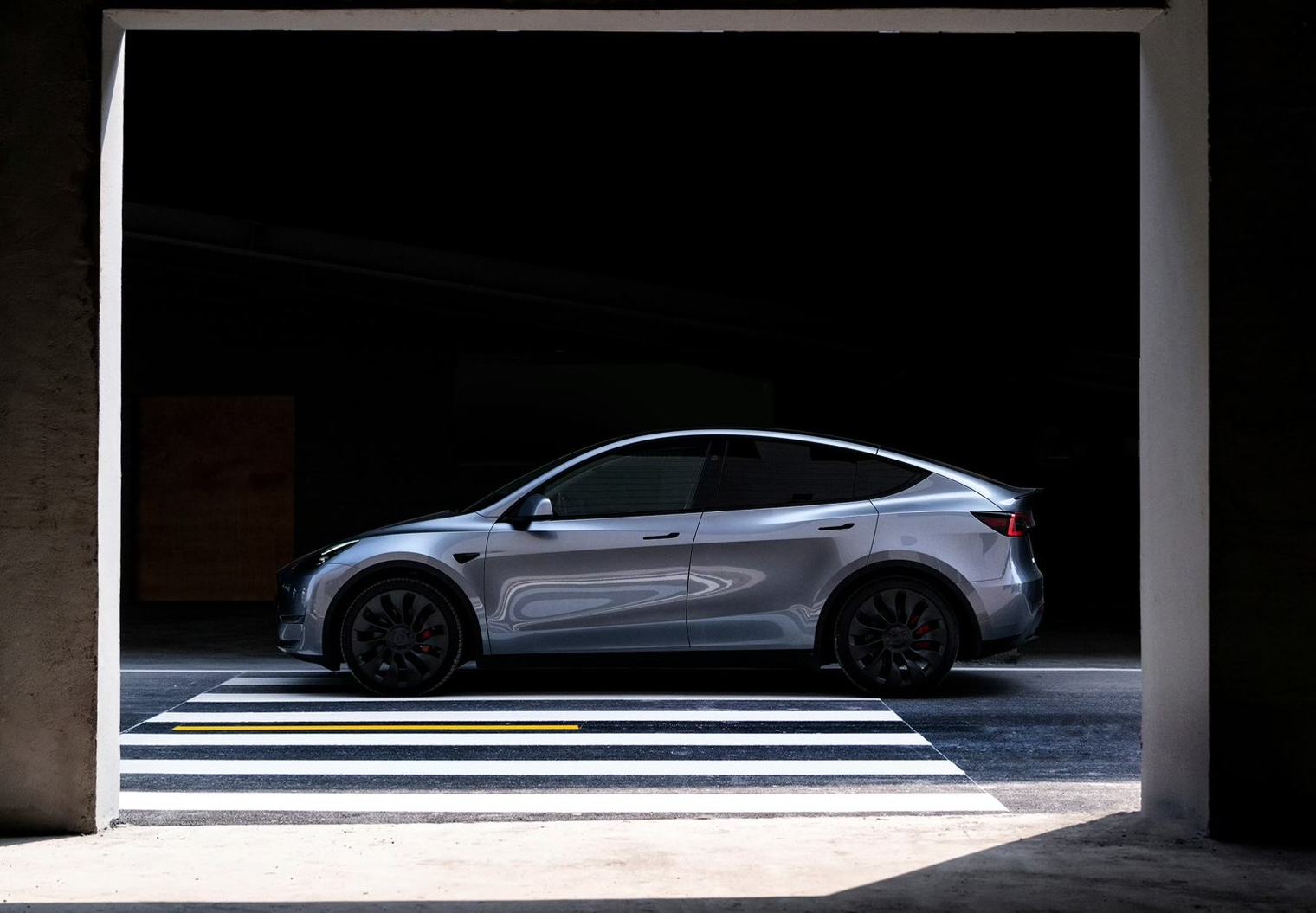
The Tesla Model Y led South Korea’s imported car market in February 2025 with 2,038 units sold, as per data from the Korea Automobile Importers & Distributors Association (KAIDA).
Total imported passenger car registrations in South Korea climbed 24.4% to 21,199 units from 16,237 a year ago. Tesla ranked third at 2,222 units, behind BMW (6,274) and Mercedes-Benz (4,663).
Model Y Classic Still A Strong Seller
The Model Y that performed well in South Korea last month was the Model Y classic variant, which Tesla is already phasing out. Its strong sales highlight Tesla’s strong presence in South Korea, where BMW beat Mercedes-Benz for the top brand spot last month.
Following the Tesla Model Y classic in the country’s import segment was the Mercedes-Benz E-Class and the BMW 5 Series. Tesla’s overall 2,222 registrations for February trailed BMW and Mercedes-Benz, but they surpassed Lexus (1,337) and Volvo (1,046), as per a report from Viva100.
Import Fuel Mix
Hybrids led South Korea’s import registrations with 13,013 units (64.4%), followed by EVs at 3,757 (18.6%) and gasoline at 3,226 (16%). Diesel lagged at 203 units (1%). A look at these numbers suggests that the Tesla Model Y classic commanded the lion’s share of South Korea’s EV imports last month.
What the KAIDA Vice Chairman says
KAIDA Vice Chairman Jeong Yoon-yeong issued a comment about the results:
“In February, new registrations of imported passenger vehicles increased compared to the previous month due to the registration of electric vehicles following the confirmation of electric vehicle subsidies and the new car effect of some brands,” the KAIDA executive noted.
-
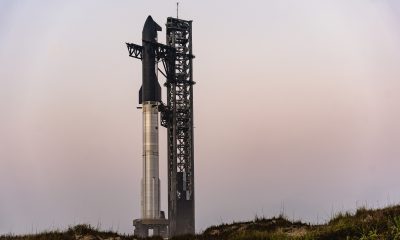
 News1 day ago
News1 day agoSpaceX announces Starship Flight 8’s new target date
-

 News2 days ago
News2 days agoTesla launches fresh U.S. promotions for the Model 3
-
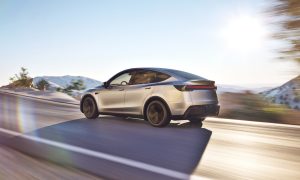
 Elon Musk3 days ago
Elon Musk3 days agoTesla mulls adding a new feature to fight off vandals as anti-Musk protests increase
-
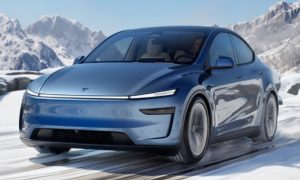
 News4 days ago
News4 days agoTesla’s lead designer weighs in on plans for these two Model Y colors
-
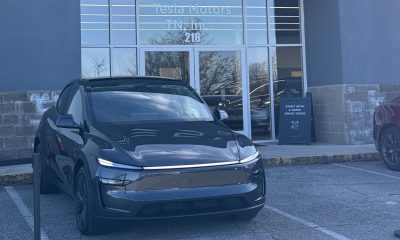
 News3 days ago
News3 days agoTesla starts Model Y ‘Launch Edition’ deliveries in the U.S.
-
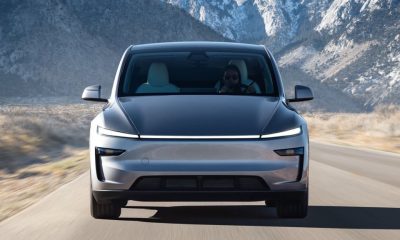
 Elon Musk3 days ago
Elon Musk3 days agoTesla gaining with Republicans as it loses traction with Democrats: Stifel
-
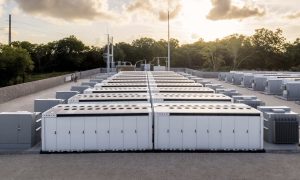
 Energy22 hours ago
Energy22 hours agoTesla lands in Texas for latest Megapack production facility
-
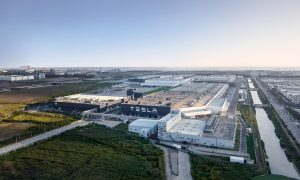
 News2 days ago
News2 days agoTesla China wholesale figures drop in February amid new Model Y transition





